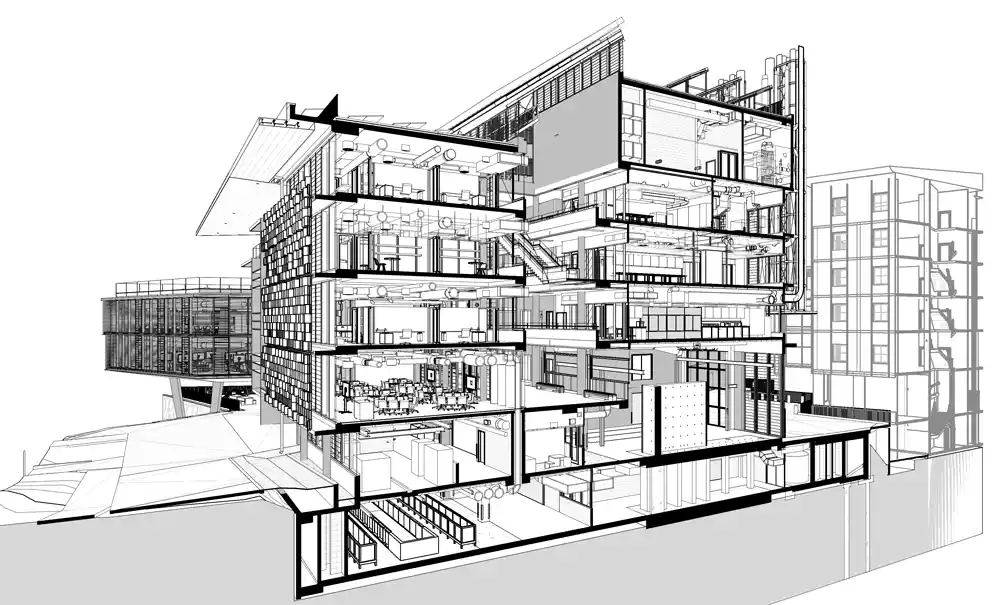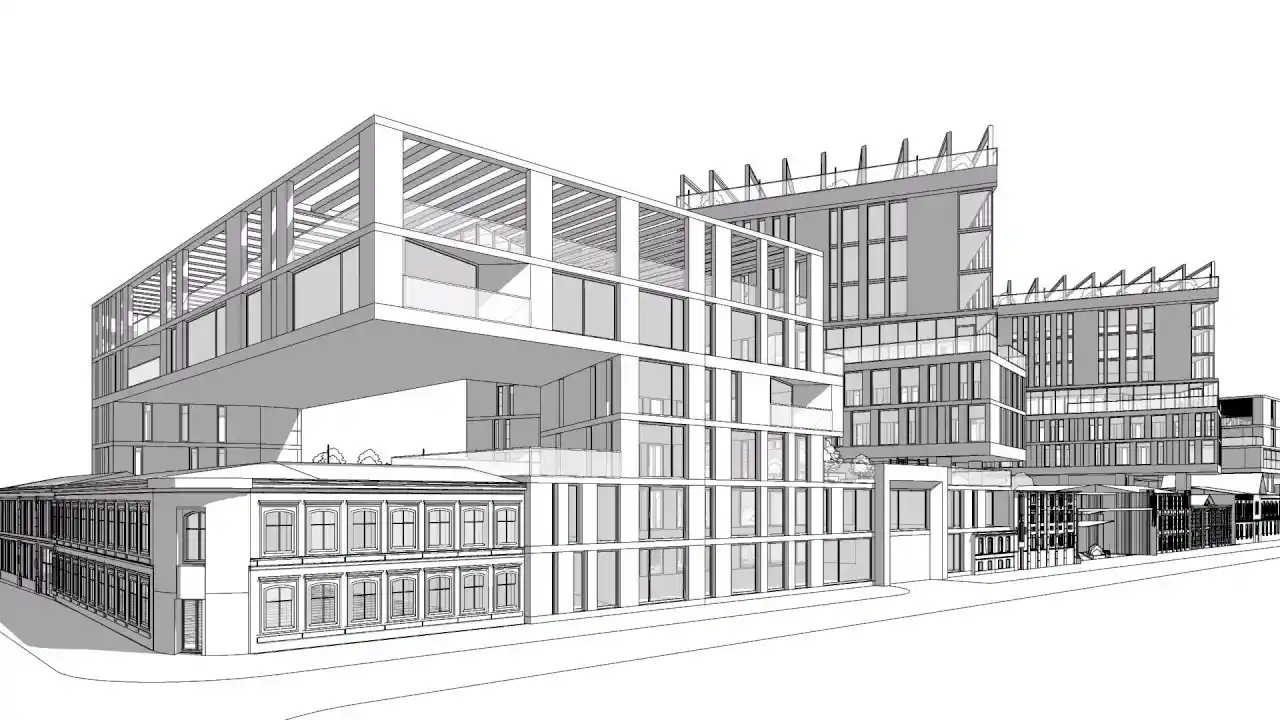
Team reviewing general arrangement drawings for construction planning
Making project plans work better doesn’t always mean overhauling everything from scratch. Sometimes, it’s about tweaking a few simple things. With some thought and effort, you can boost efficiency, improve communication, and avoid headaches down the road.
The Common Pitfalls in Project Planning
Projects often fall apart not because of poor intentions, but due to lack of coordination. A 2023 survey from Wellington showed only 29% of organizations completed most of their projects on time. That’s a serious gap. Many times, teams jump in with unclear roles, weak timelines, or no shared goals. The result? Missed deadlines, rising costs, and frustrated stakeholders.
Start with Clear Roles and Responsibilities
To avoid that, the first step is creating clarity from the very beginning. Don’t assume everyone’s on the same page. Spell out who does what. Write it down. Keep it simple, but detailed enough to answer key questions before they even come up.
Visual Tools That Make a Difference

One tool that helps bring that clarity early on is general arrangement drawings. These aren’t just technical sketches—they’re visual blueprints that show how everything fits together. From layout plans to equipment positioning, these drawings help eliminate confusion. Especially in construction or manufacturing, where a single overlooked element can cost thousands. When every team member can literally see the bigger picture, it reduces errors and keeps everyone aligned.
Communication is Key to Execution
But clarity isn’t just about visuals. Communication matters just as much. A Harvard Business Review article highlighted how 57% of projects fail due to poor communication. That’s huge. To fix that, meetings alone aren’t enough. Use collaborative tools like Slack or Trello. Keep a shared document that updates in real-time. More importantly, listen. When people feel heard, they engage better.
Build Buffer Time into Your Timeline
Then there’s the timeline. Many projects fail because they don’t factor in unexpected delays. A good plan includes buffer time. You need room for the unpredictable. Weather delays, shipping issues, even staff sick days. These things happen. Building some slack into your schedule makes a huge difference.
Learn from Previous Projects
Another underrated move? Learning from past work. Most teams rush from one project to the next. But post-project reviews can be gold. What worked? What didn’t? Capture that. Turn it into a short report or checklist. It doesn’t need to be fancy. Just useful. Over time, these little summaries become your best teacher.
For example, when the Crossrail project in London faced delays, part of the issue stemmed from misalignment between design and implementation. Reports showed that some of the early-stage designs weren’t adjusted properly during construction, leading to complications. Lessons like that underline why ongoing review and revision matter. Don’t wait until the end to find what went wrong. Spot it early.
Empower Your Team, Don’t Micromanage
Also, assign responsibility clearly—but avoid micromanaging. Project leads should guide, not control. Give your team the space to solve problems their own way. Autonomy builds trust, and trust builds speed.
Smart Tech Choices for Project Management
And let’s not forget about tech. There’s some brilliant software out there now for planning and tracking. Tools like Monday.com or Asana aren’t just for tech startups—they work for any team trying to stay organized. Use them smartly, though. Don’t turn them into just another layer of noise.
Stay Ahead with Legal and Compliance Checks
On the legal side, make sure your documentation is tight. Any contracts, permissions, or compliance details should be handled early. A delayed permit or missed regulation can throw the whole thing off-track. Keep a checklist and revisit it often.
Capture Real-World Changes with Updated Documentation

As projects progress, it’s important to capture changes accurately. That’s where drawing as built records come into play. These are updates to the original plans that reflect what was actually constructed. Especially useful in engineering and construction, these drawings help teams keep a permanent record of real-world adjustments. They’re crucial for future maintenance, audits, or renovations. Skipping them creates problems down the line—especially when a new team picks up the project.
Data-Driven Planning Brings Better Outcomes
Credibility in planning isn’t just about having documents. It’s about showing that your plans adapt, evolve, and stay grounded in reality. Backing decisions with data also adds authority. According to PMI’s 2021 report, organizations that used data-driven project management were 23% more likely to deliver successfully. That’s a solid reason to embrace reporting tools and analytics.
Final Thoughts
In the end, better planning boils down to clarity, communication, flexibility, and follow-through. When each piece supports the others, you’re setting up for success—not just completion. The more reliable and transparent your process is, the more trust you’ll build with your team and stakeholders.
To wrap it up, strong project plans aren’t just about what you plan to do. They’re about how you actually do it—and how well you can prove it. By embracing the basics, using the right tools, learning from experience, and maintaining good documentation, your plans won’t just look good on paper. They’ll actually work.





